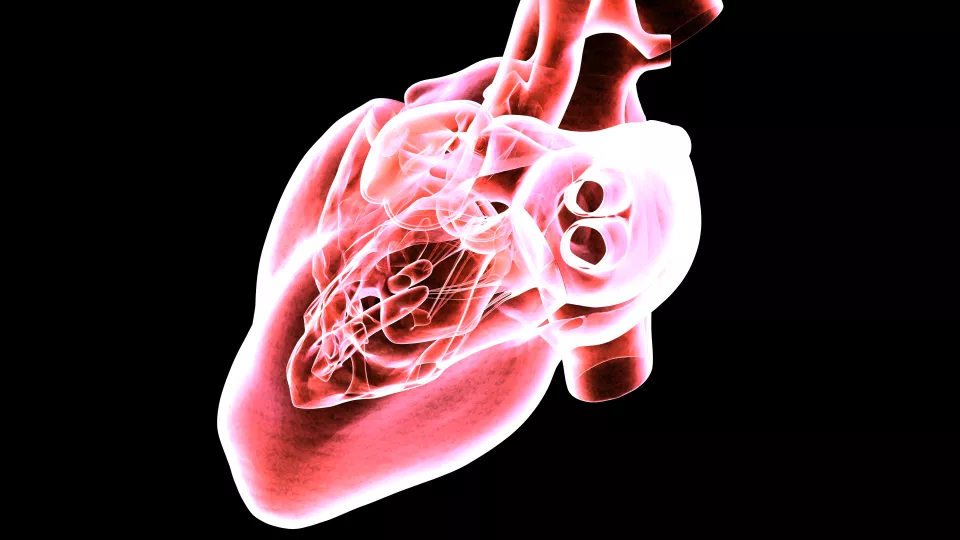
Cardiovascular MRI With Late Gadolinium Enhancement Can Predict Heart Risk in Children with Hypertrophic Cardiomyopathy
Hypertrophic cardiomyopathy (HCM) is the most common genetic cardiovascular condition. It is the leading cause of sudden cardiac death in young people and children with an annual mortality rate of 1%. However, 10% to 20% of them have a significantly higher risk of sudden cardiac death. Risk prediction is challenging because most patients with HCM (even those at high risk) show few or no symptoms. Earlier studies had shown that cardiovascular magnetic resonance imaging (MRI) with late gadolinium enhancement (LGE) could identify adults with hypertrophic cardiomyopathy at higher risk of sudden cardiac death, however, nobody had yet tested this technique to predict risks in younger patients.

Recently, a multi-institutional team including Jon Detterich, MD, Principal Investigator in the Heart Institute at Children’s Hospital Los Angeles, investigated if adding LGE to current risk assessment models could more effectively predict sudden cardiac death in children. Current models are compiled from patient test scores and echocardiograms. But LGE can capture what is happening in specific regions of the heart. The results were published in JAMA Cardiology.
How LGE works
In LGE, gadolinium, a contrast agent, is injected into the bloodstream and perfuses the heart. An MRI is quickly performed as the gadolinium makes its way through the heart muscle. Ten minutes later (hence the term “late”), another MRI is performed. More gadolinium sticks to damaged areas in the heart, shining brighter in the MRI image and enhancing abnormalities. The level of enhancement can be quantified.
To find out if LGE predicted HCM risk in children, the team conducted a 7-year retrospective cohort study of 700 patients with hypertrophic cardiomyopathy at 37 sites around the world. Patients with greater LGE also had lower left ventricular ejection fraction and larger left atrial diameters. Patients with 10% or more LGE as a percent of total myocardial mass had a higher risk of sudden cardiac death at an unadjusted hazard ratio of 2.19. “The larger amount of late gadolinium enhancement indicates larger areas of scarring, which is predictive of worse cardiac function and sudden cardiac death," says Dr. Detterich.
Adding LGE as a prognostic indicator to the existing risk stratification models—HCM Risk-Kids and PRIMaCY score—improved their performance. “The higher the LGE, the more predictive the score was at estimating patient risk and outcomes,” Dr. Detterich noted. “This method can help us to distinguish the high-risk patients who would benefit from more immediate and intensive monitoring, therapies, and interventions—like an implantable defibrillator or surgery—from the patients at low risk of cardiac issues,” says Dr. Detterich.


